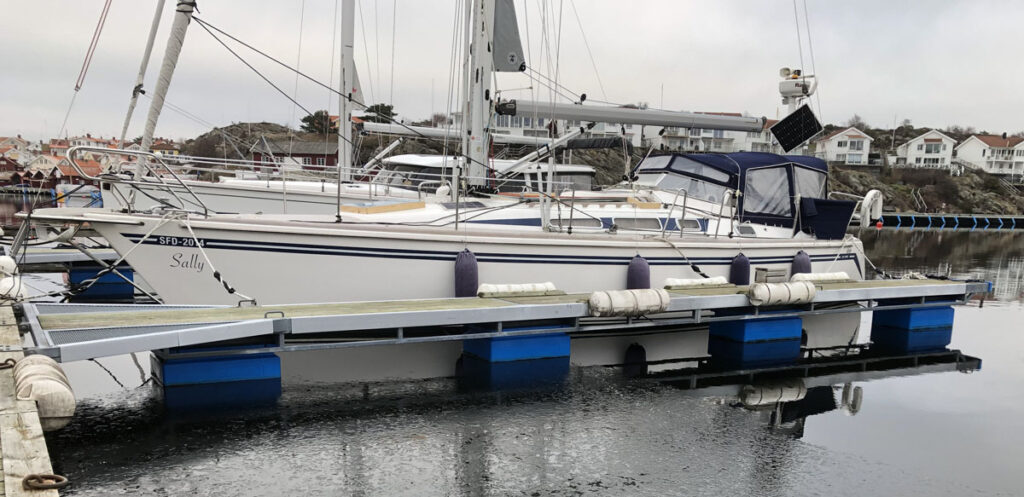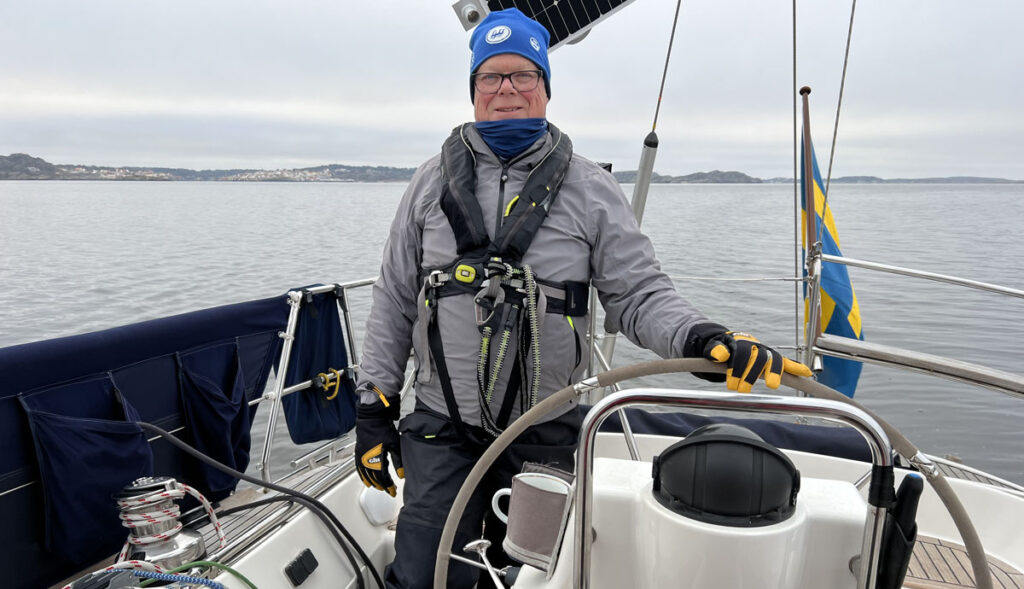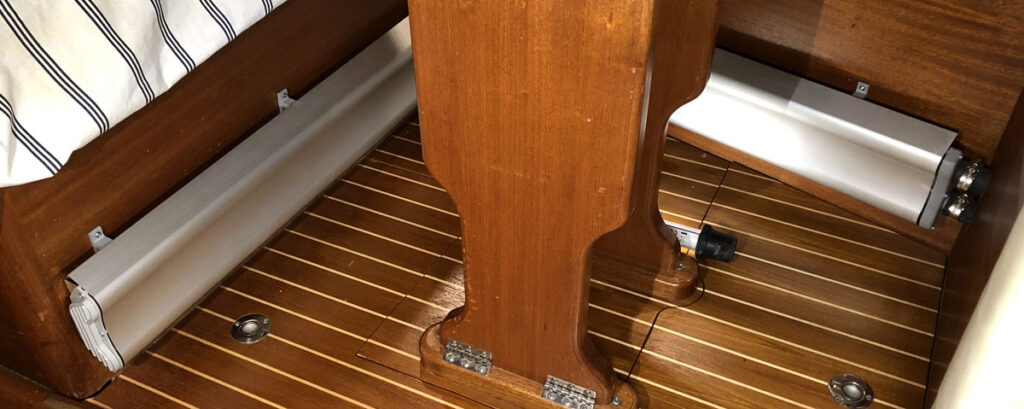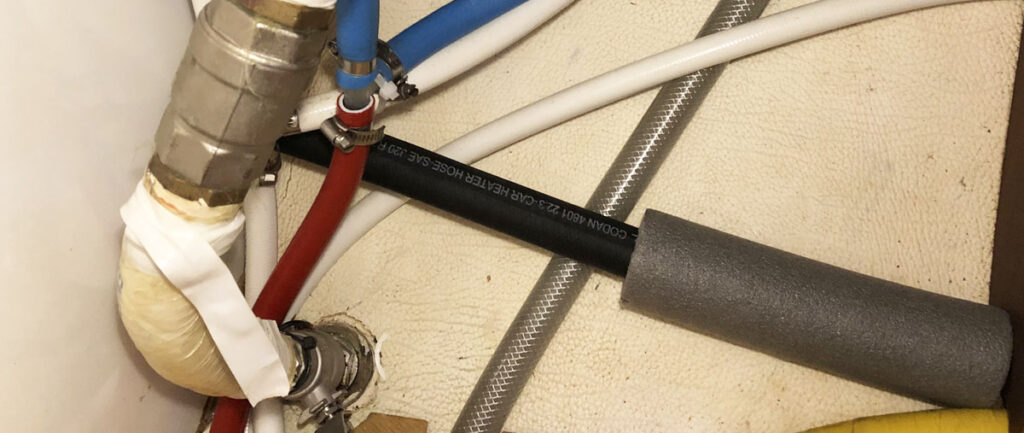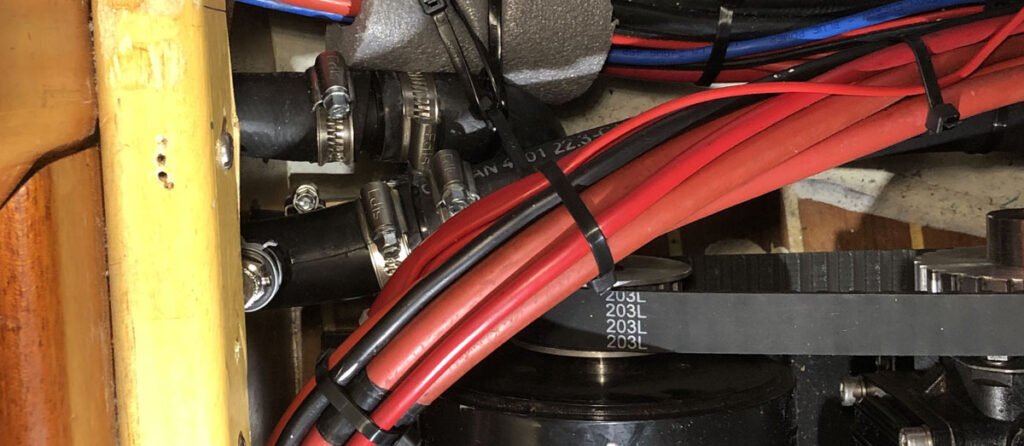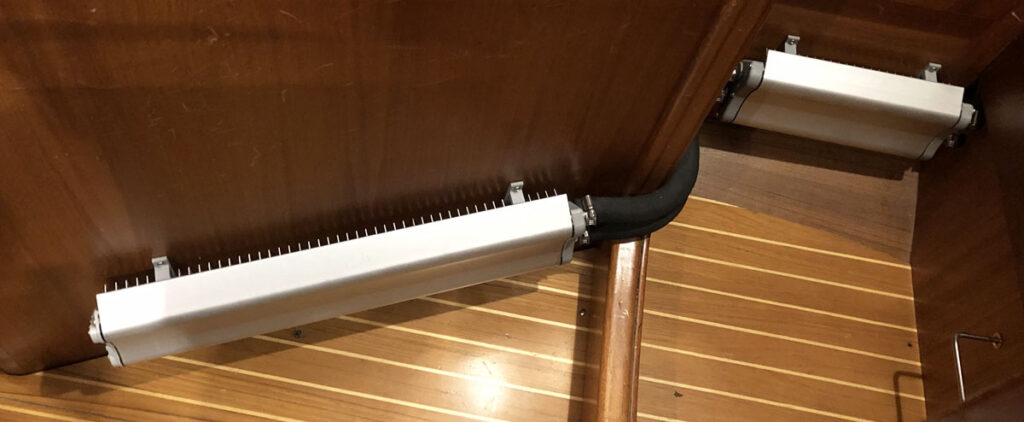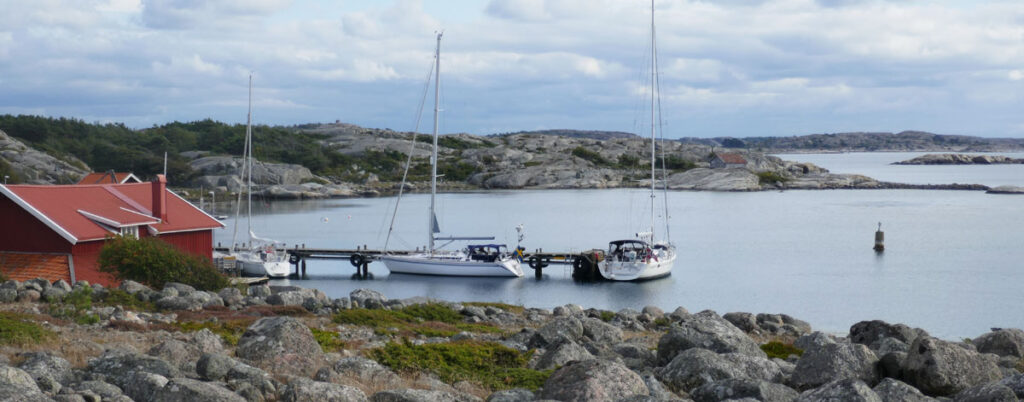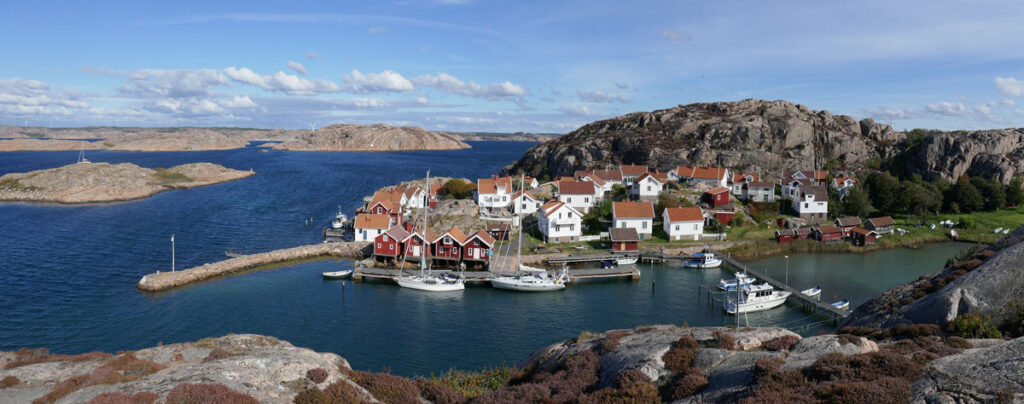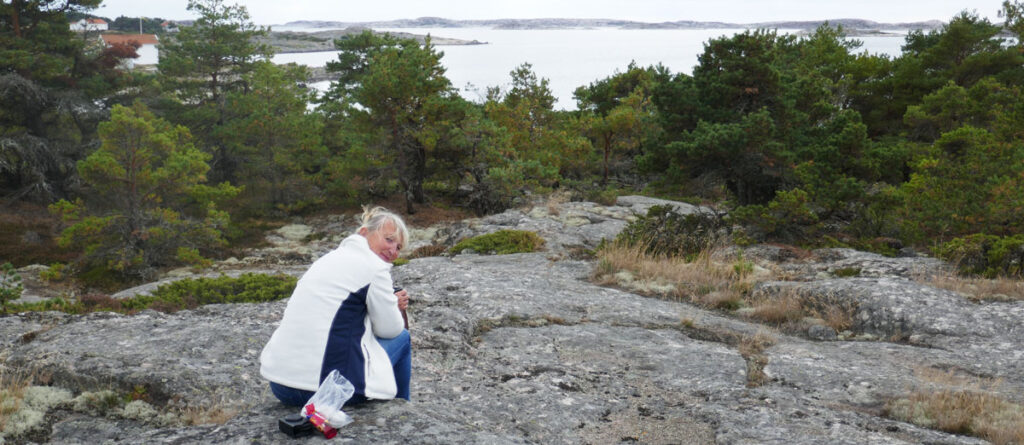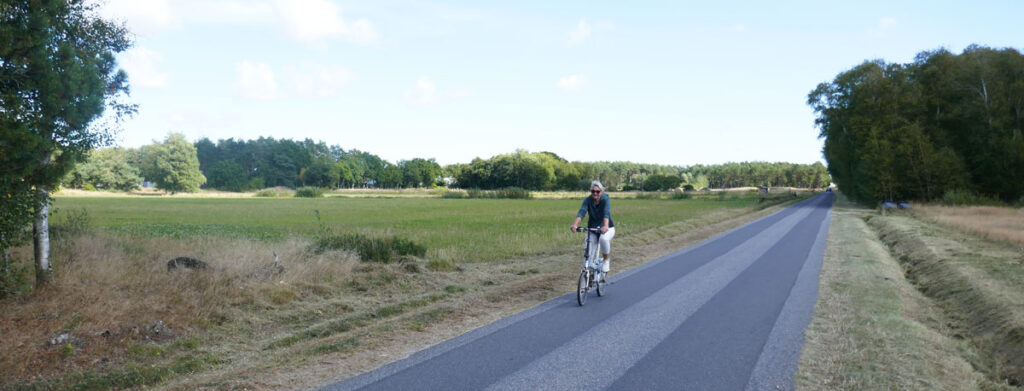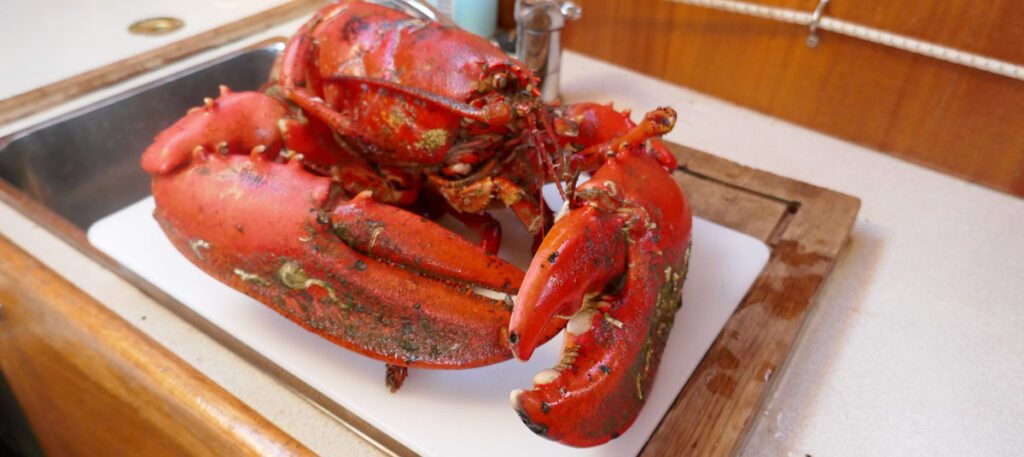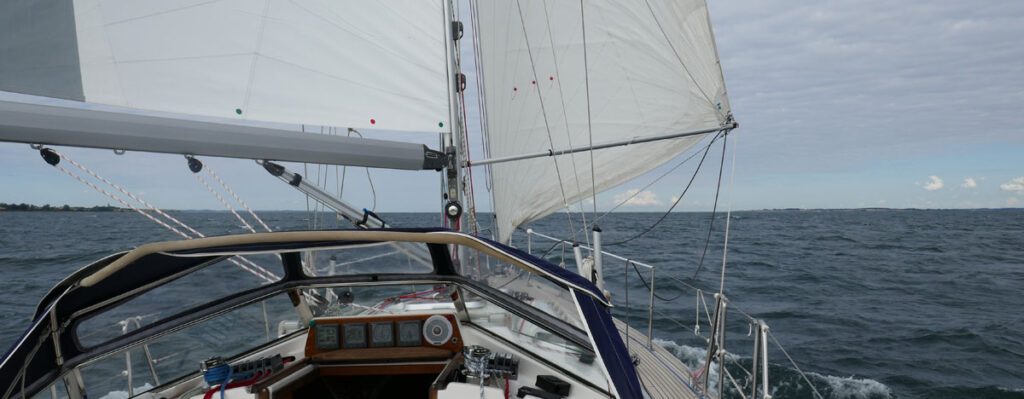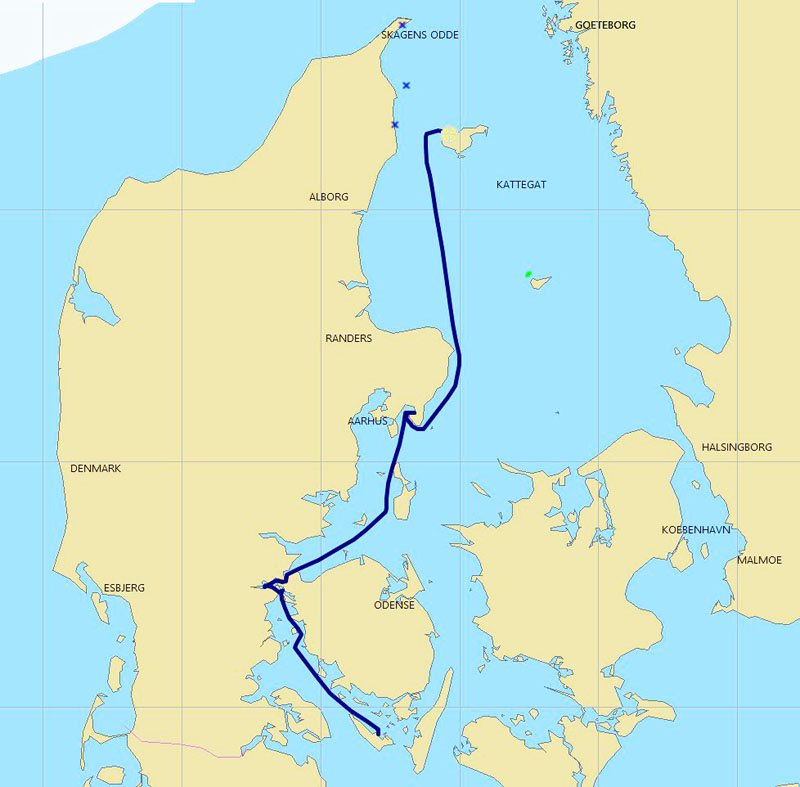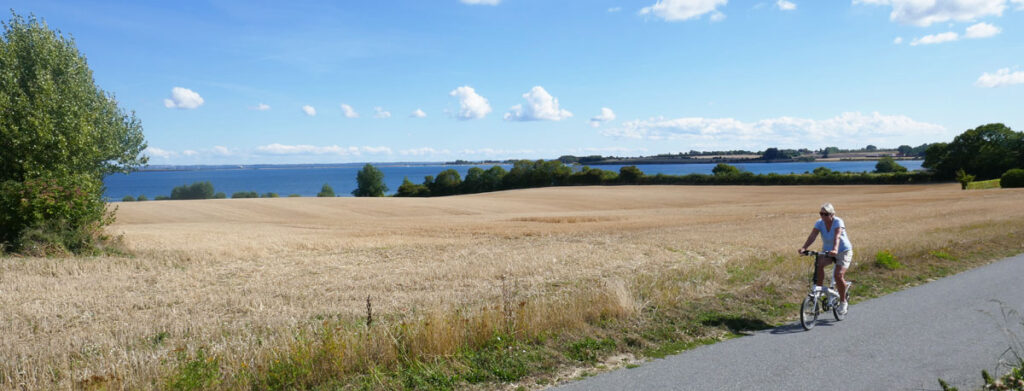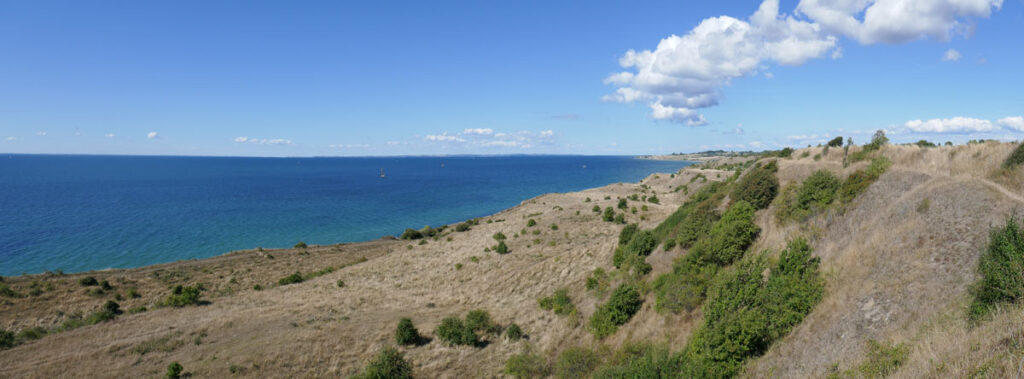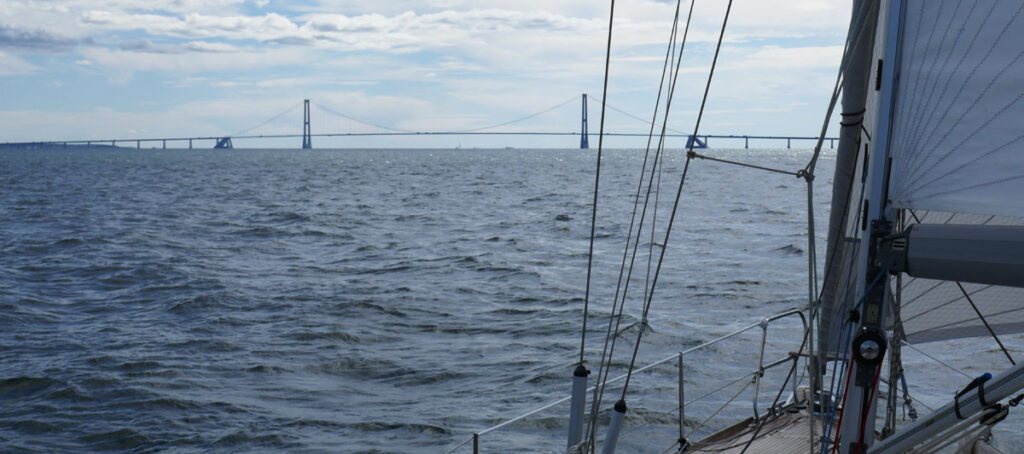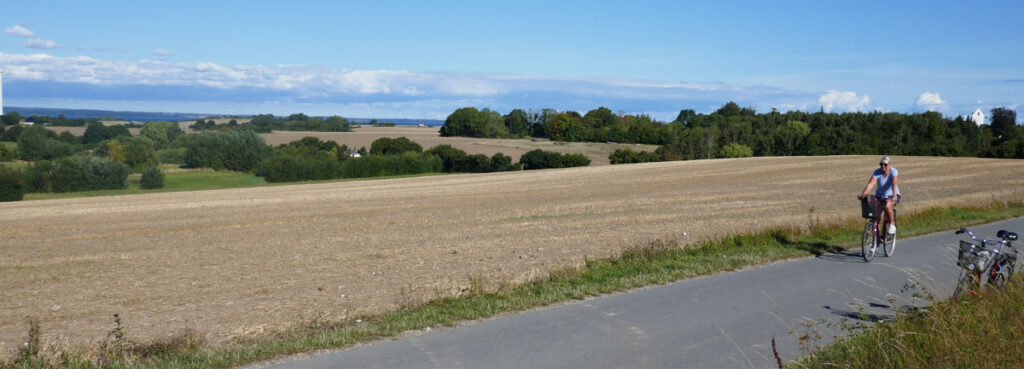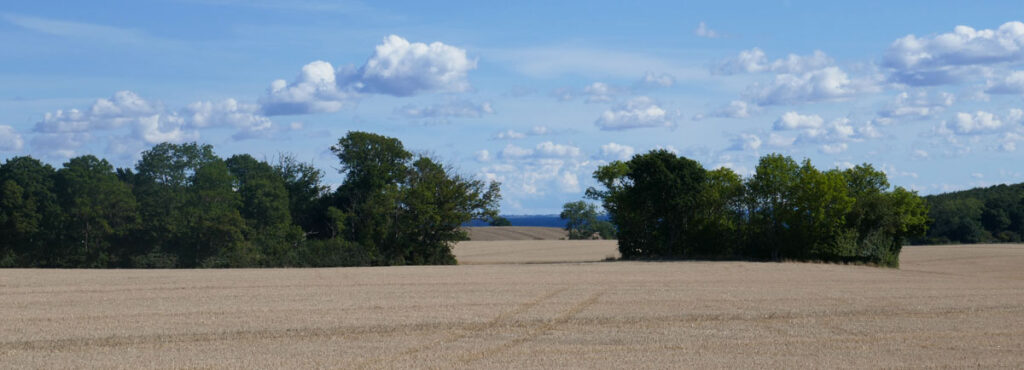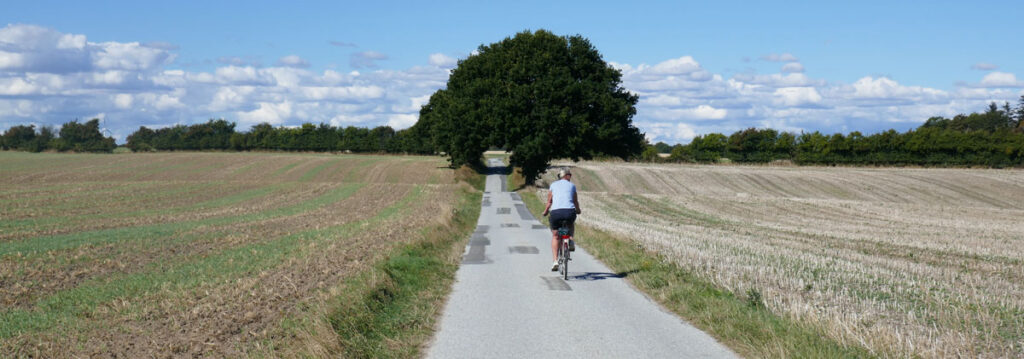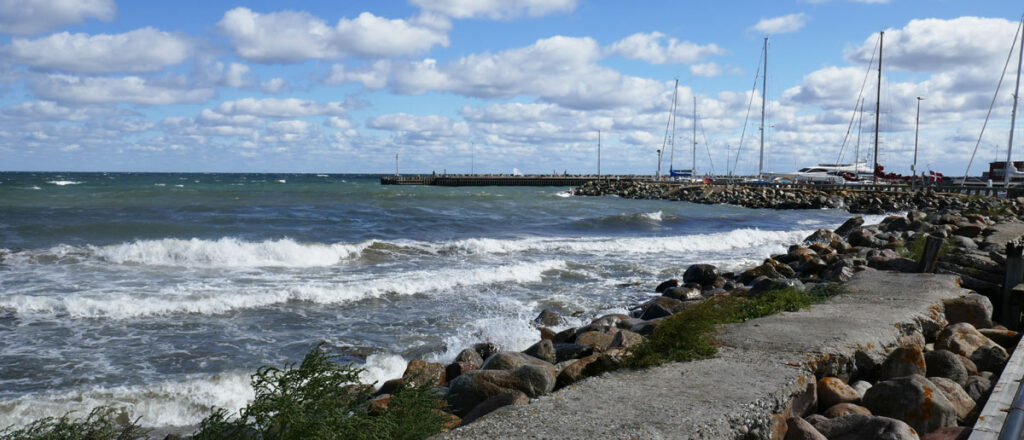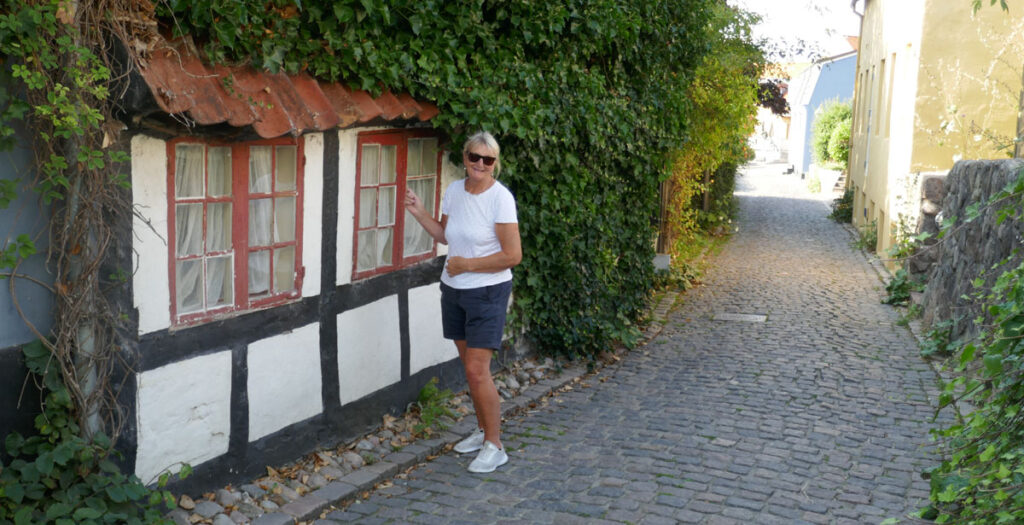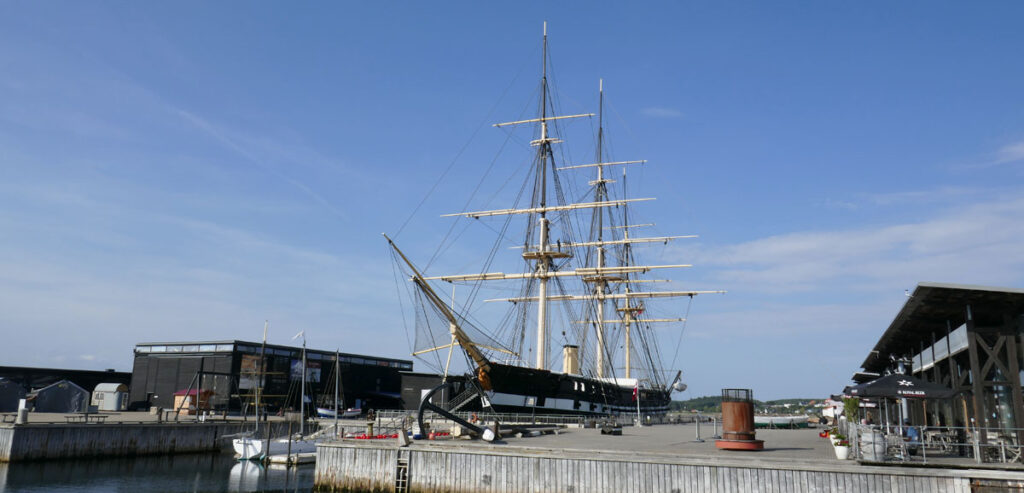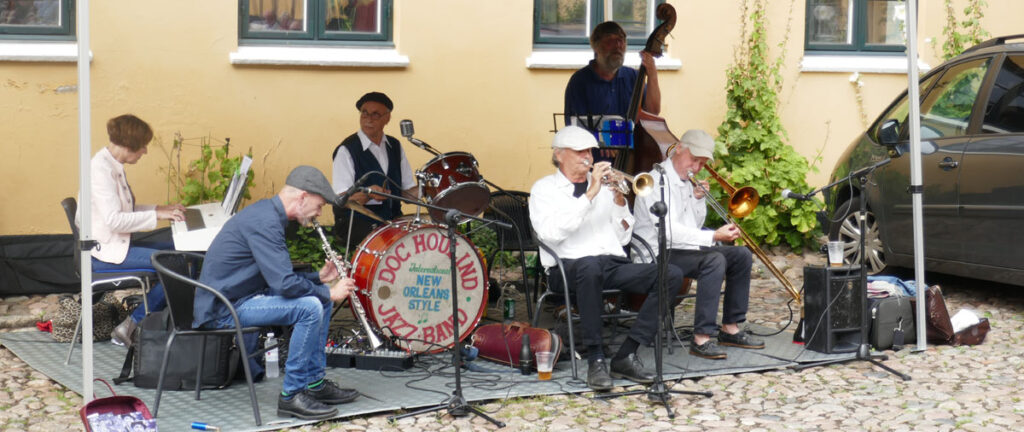The installation of our new engine was finally completed this week-end. It has been running since launching the boat in July but, the last bits and pieces has taken some time.
Let’s take it from the beginning. The engine gave up on us by the end of the summer 2021. As it turned out, it could be restored but, we wanted a new and reliable in Sally. A new engine was ordered after a lot of discussions with the yard, other sailors and engine suppliers.
The easiest choice would have been a new Volvo but, it seems that nearly all manufactures now have the manifold on port side whereas our oud Volvo had it to starboard. The smart builders of Sally utilised this to make the port aft cabin wider. A new Volvo would have fitted on the old engine bed but, we would have had to rebuild an entire cabin to make enough room.
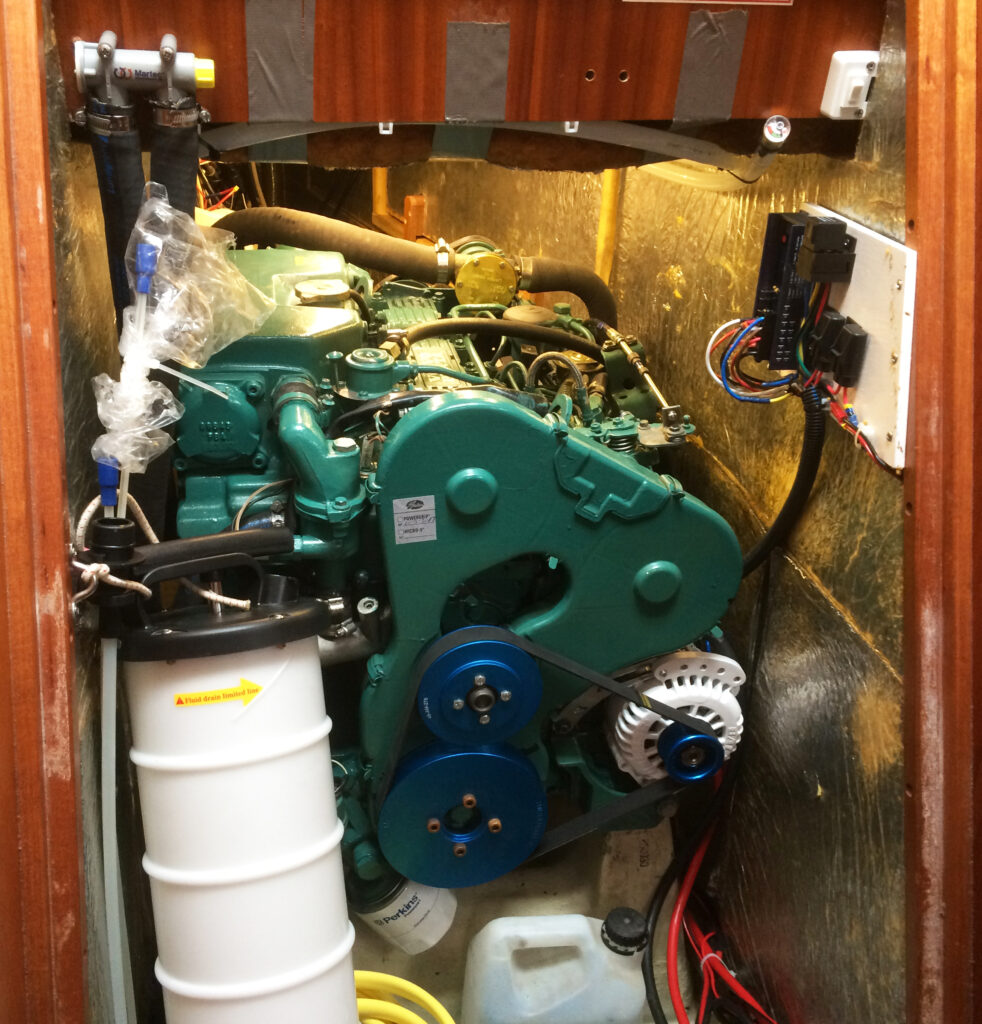
When we learned that most of our sister boat were delivered with 36 HP engines, not 48 as we had, we decided to look for smaller engine. Several friends of ours were very happy with their yellow engines from Vetus ( a Dutch subsidiary of Yanmar).
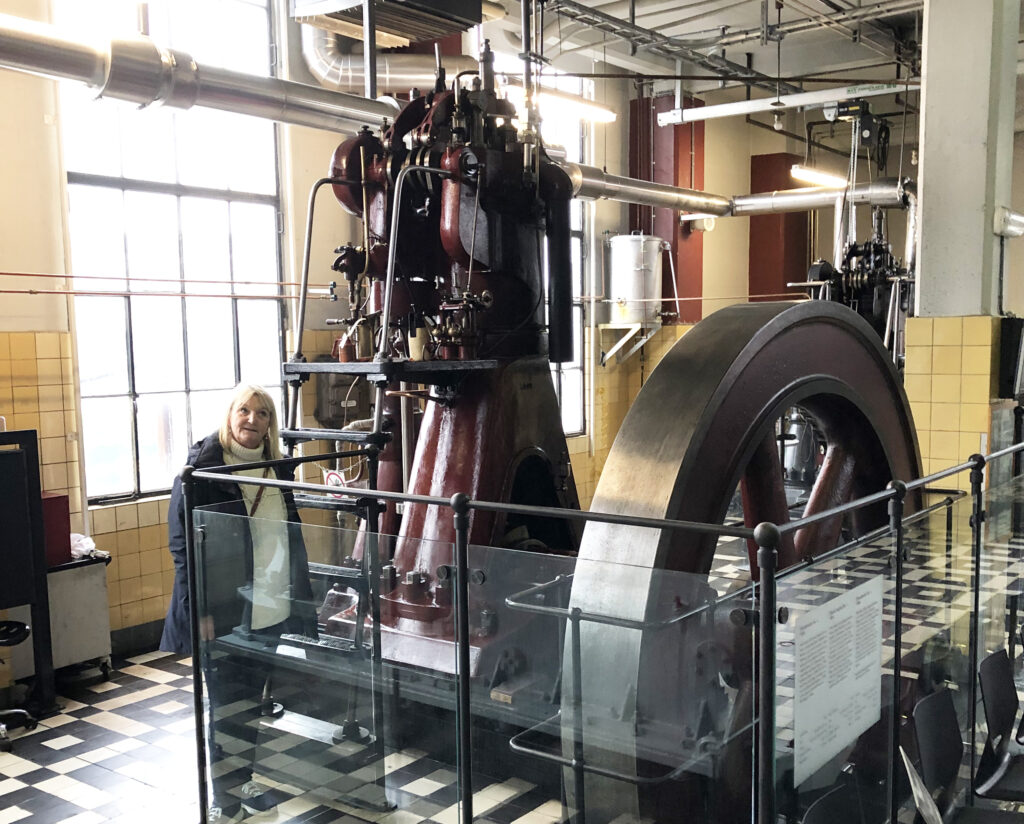
It turns out that Vetus have one of the smallest four cylinder engines on the market. It was small enough to fit in our engine room and still gives 42 hp. We have not experience any lack of power compared to earlier seasons with the olvd Volvo engine. Further investigations revealed that Vetus accepted our almost new Flexofold propeller even if it was slightly bigger than the recommended size. The engine also came with a five year warranty and at a compatible price.
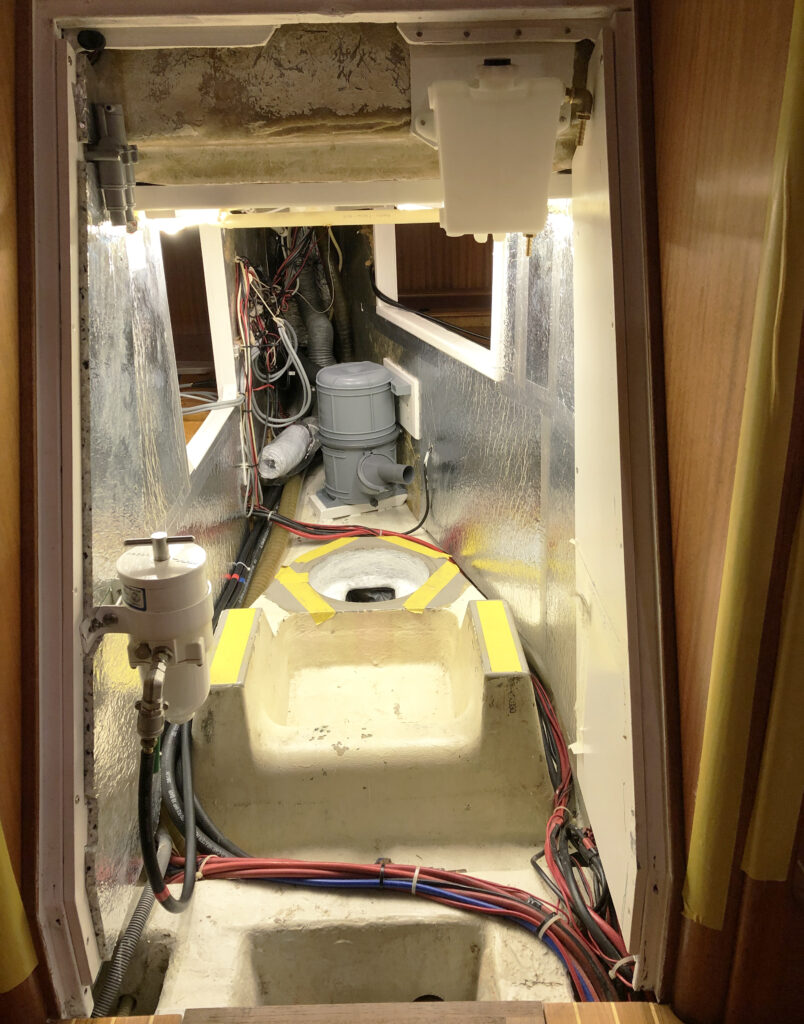
Håkan spent a lot of time renovating the engine room (if you can call a space that you have to crawl in to work in a room), putting on new paint, noise insulation and installing lights. We also took up a second opening in order to have access from both sides to the engine. This have made the engine more accessible and maintenance much easier.
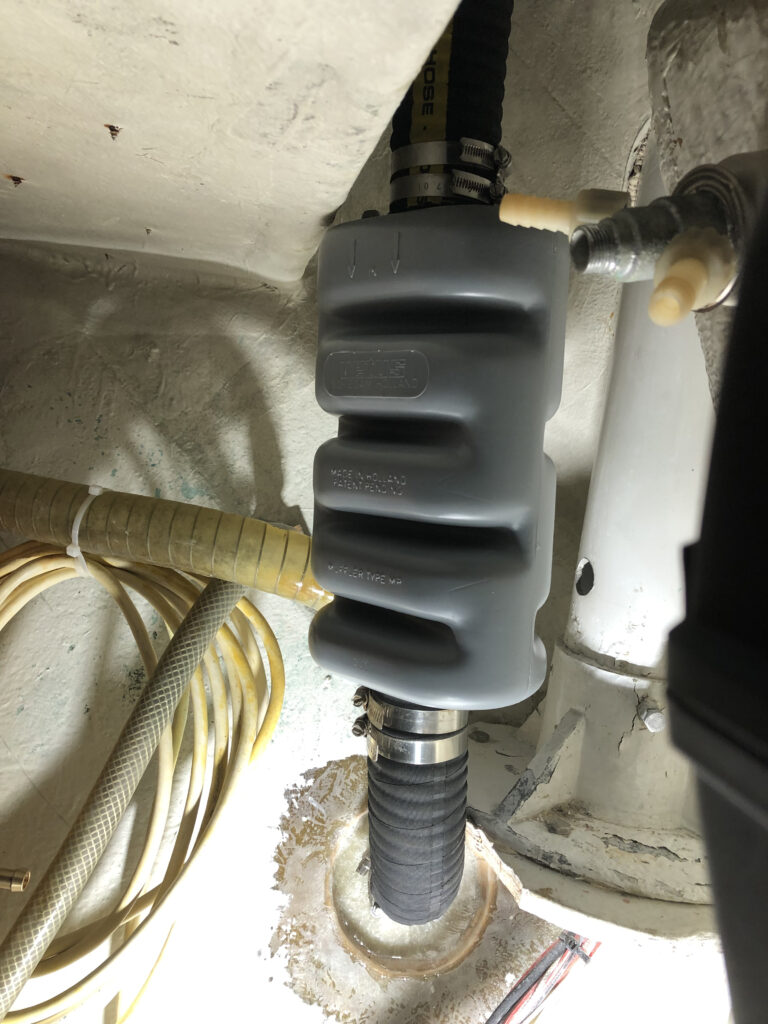
The entire exhaust system was replaced and the outlet moved to a position well above the water line.
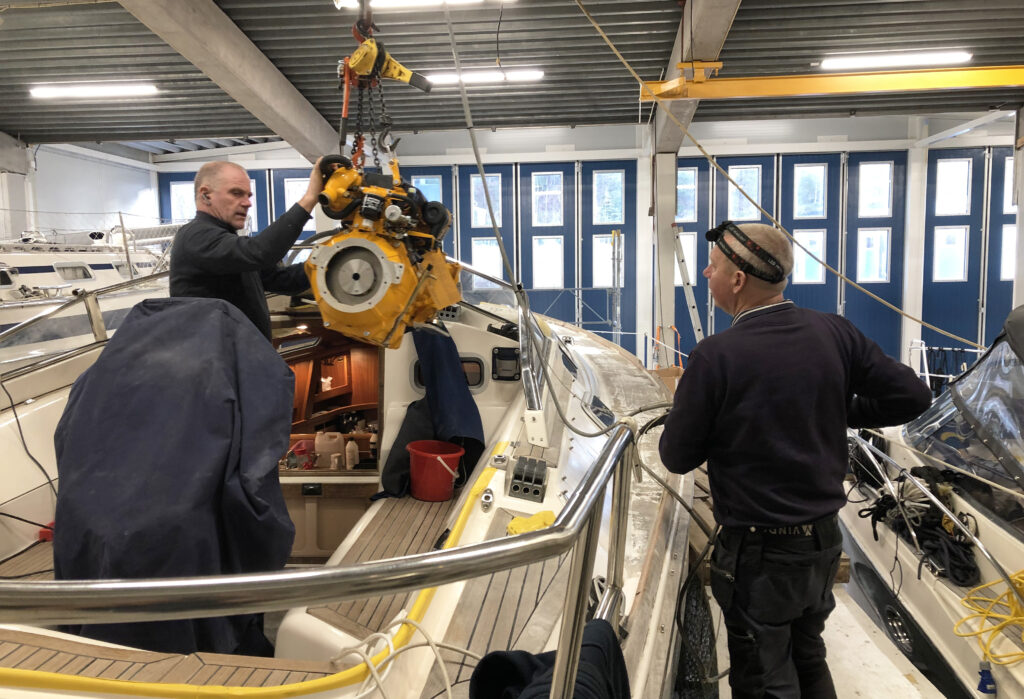
The engine was installed in February and the basic auxiliaries in March 2022. Vetus had a kit to place the oil filter beside the engine. (They also have a second one that places oil and fuel filters on the engine front). We opted for this and now we have a filter vertically mounted with a drop tray below. It is much easier to replace the filter and we do not have to clean everywhere anymore.
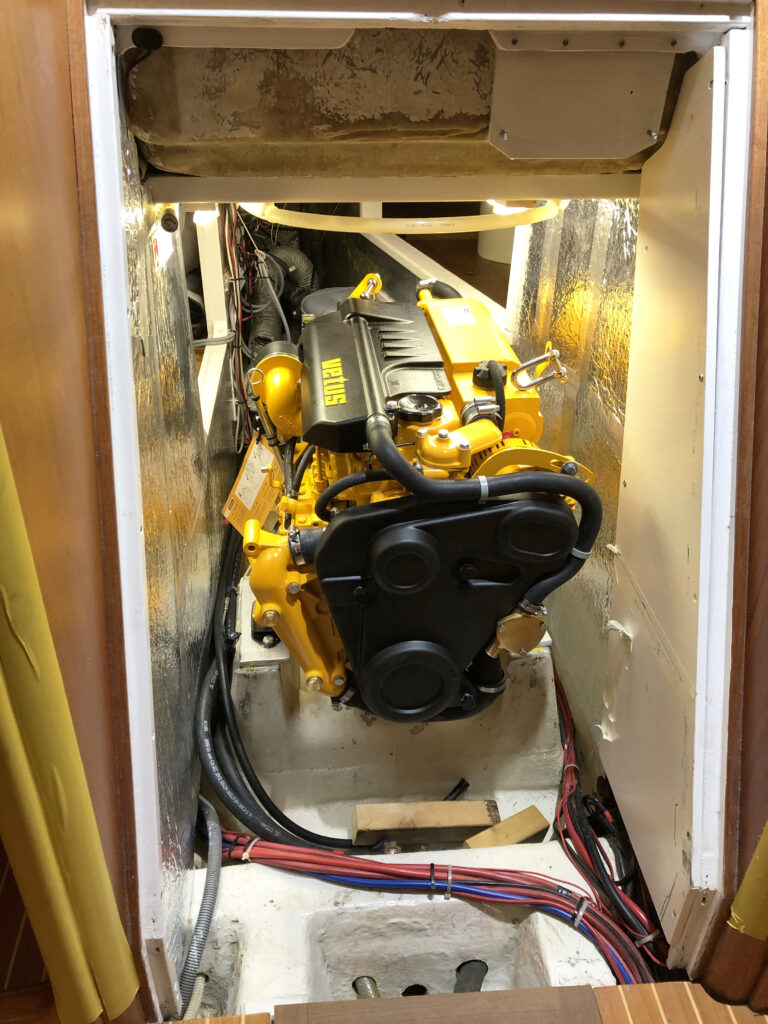
We had, on the old engine, instruments for two additional measurement points for water temperature and exhaust gas temperature after water injection with adjustable alarm level. The latter is excellent in detecting disturbances in the see water cooling if the alarm is set relatively close to the operating temperature at present see water temperature.
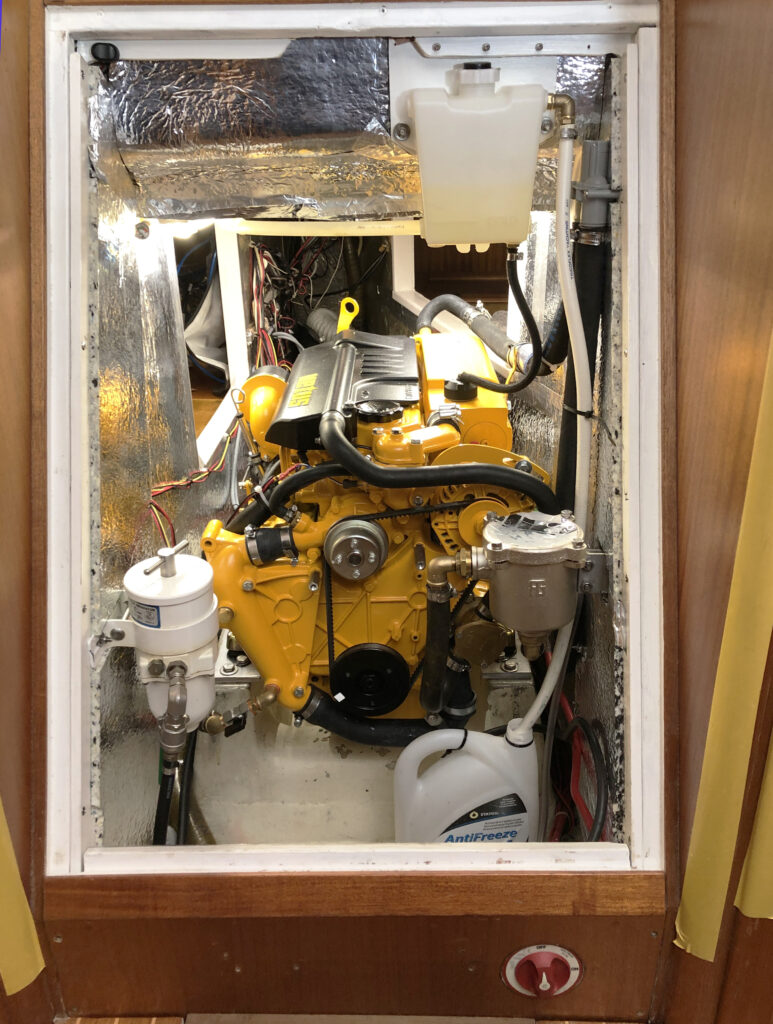
We use a primary fuel filter from Parker Racor. It has now been supplemented with a water indicating alarm.
We wanted to replace the Vetus alternator with the Balmar alternator that we used on the old engine. This turned out to be complicated so we sailed last summer with the Vetus alternator supplemented with a splitter to charge the start battery and out lithium battery isolated from each other.
Vetus accept a replacement of alternator as opposed to most other suppliers whose warranty expired on replacement. We had such good experience from sailing with a single battery for all purposes that we wanted to go back to the same and very simple system.
After a lot of measurements and thinking we conclude that although the Balmar would fit on the supports, the drive belt could not run due to the water pump mounted on the engine front. We had to settle for two independent alternator/battery systems. This has other advantages so we are not overly depressed.
The old pulley from the Volvo were adjusted to fit the Vetus drive shaft, a support for the Balmar was manufactured and a new drive belt ordered. We now have the two systems up and running (charging) since last November and it seems to work very well.
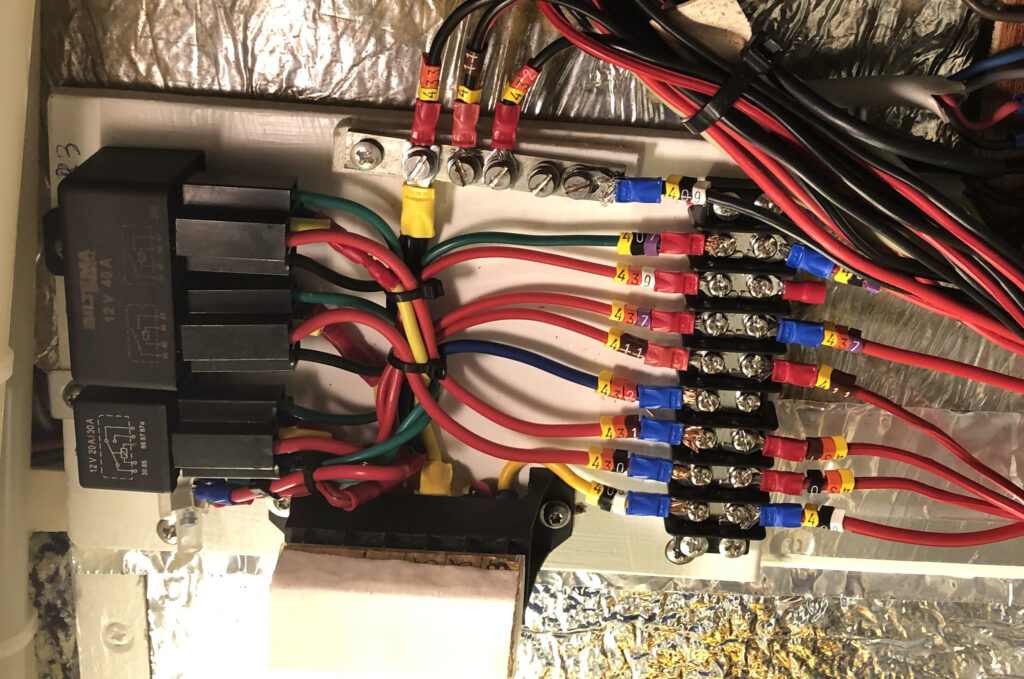
It is important to always have a load on the Lithium system so as not to overcharge the battery. We put together some relays to obtain this and not to mix the two electrical systems. These relays make it possible to magnetise the Balmar generator from its battery and run engine room fans and auxiliary instruments on the Lithium battery.
We are very pleased with the installation. Most things you like to check frequently is easy accessible at the front. The oil dipstick is on top of the engine. To the left is the primary oil filter that has a top opening allowing filter replacement without having to drain fuel or vent air aftervards. The programmable controller for the Balmar alternator is above the fuel filter.
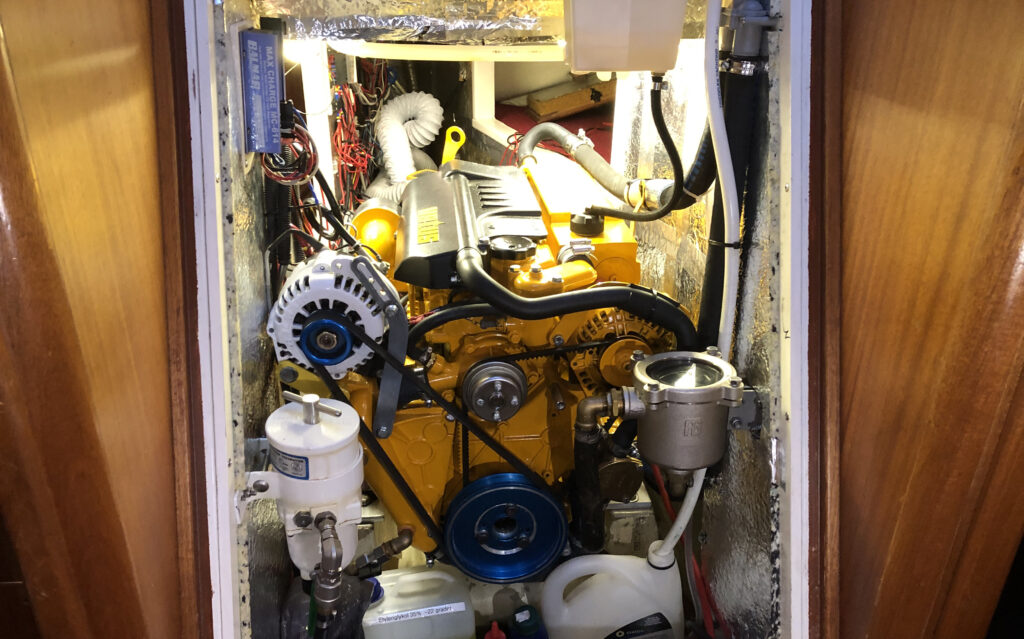
Cooling water expansion tank is to the right, above the engine. See water filter is mounted just above the waterline. It has a glass top so we can check it without opening. See water pump on the engine just below the filter.
On the back of the engine, easily accessible from the two hatches, are the electric fuel pump (standard on Vetus) with filter, engine fuel filter, oil filter and the S-drive.
On the picture you also see some hoses curled up in the back. One is for forced fresh air and is normally blowing cold air on the Balmar alternator. The second hose is the exhaust air normally sucking from the opposite side.


